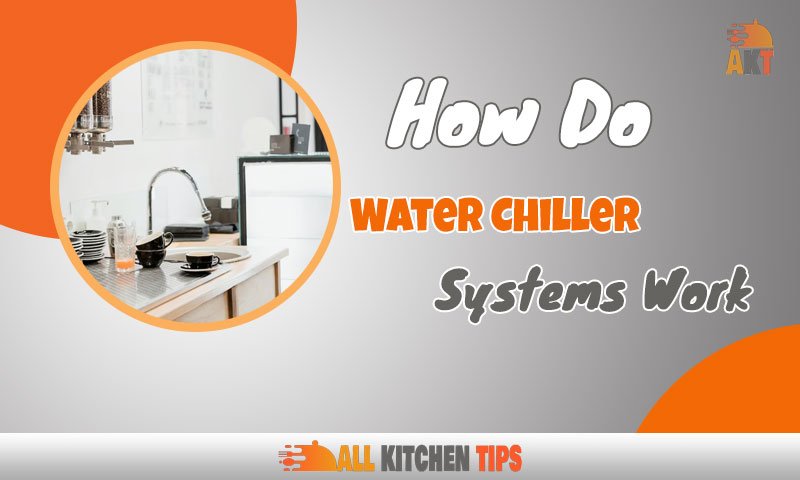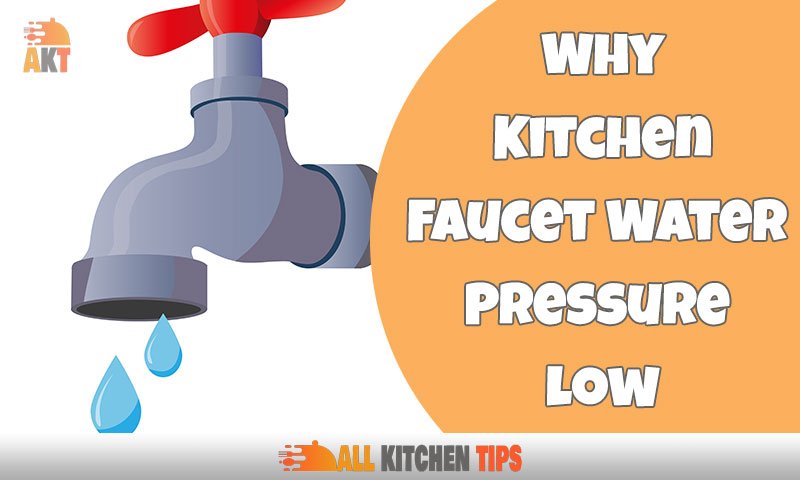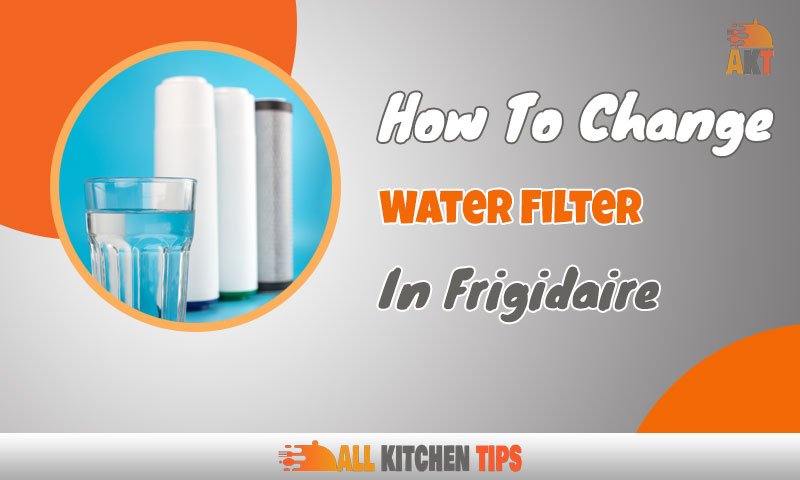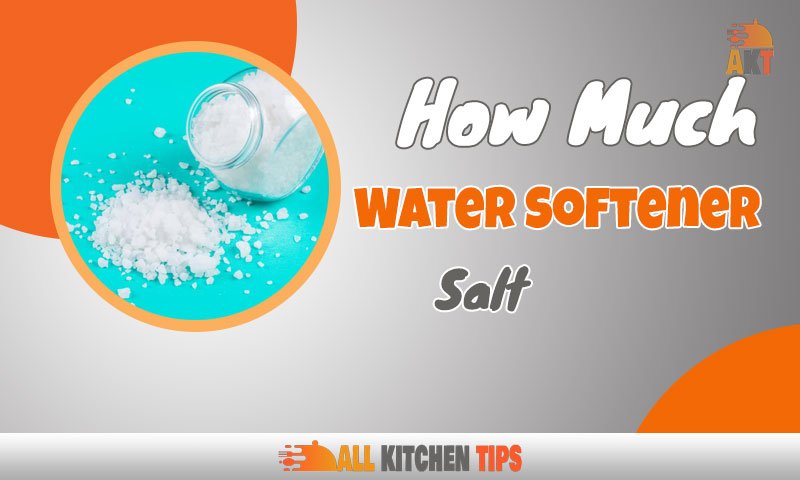If you’re looking to understand the science behind water chillers and their workings, then this is the article for you.
In recent years, water chillers have become increasingly popular among businesses and commercial settings as a way to cool liquids in an efficient manner. By harnessing the thermodynamic principles of heat transfer, water chillers can effectively maintain optimal temperatures while consuming less energy than other cooling systems.
But how exactly do these systems work? In this article, we will be exploring the science behind water chiller systems and how they are used to cool liquids. We will examine the various components of these cooling systems and break down how they work together to provide optimal cooling performance.
We hope that this article can provide you with sufficient knowledge to make an informed decision about whether or not a water chiller system is right for your business. So without further ado, let’s dive into the science behind water chillers.
The Background of Water Chiller Systems
Water chiller systems are a critical component of many commercial HVAC systems. They are designed to cool industrial and larger-capacity applications by circulating chilled water to an air-handling system. But what’s the science behind this tech?
The method of evaporative cooling has been known since 1748 when Scottish chemist William Cullen discovered how to cool liquids by evaporating them. However, it wasn’t until 1911 that Luther Haws created the water cooler, which was then improved and patented by Willis Carrier in 1921 with the introduction of the centrifugal water chiller. This invention revolutionized air conditioning and became the basis for many modern chillers used today.
By understanding both the history and science behind water chillers, we can appreciate how invaluable they are in providing efficient and reliable temperature control solutions for our homes and businesses.
How a Water Chiller System Works
A water chiller system provides cooling to a building by using chilled water to absorb heat from the building’s spaces. The process works in the following three stages:
- The refrigerant passes through an evaporator that is piped into the cold side of a process water system. Chiller systems typically provide a continuous flow of coolant to the cold side of a process water system at a desired temperature of about 50°F (10°C).
- Heat is then transferred to the refrigerant in the evaporator. This creates a liquid-vapor mixture that passes through an expansion device and enters a compressor as mostly vapor.
- The vapor then passes through a condenser, where it is compressed and condensed back into liquid form, and is then cooled and circulated back through the system. The result is chilled water that can be used throughout the building for cooling purposes.
Chiller Effects on Water Temperature
Water chillers cool a facility’s water to an appropriate temperature and deliver the cooled water to its intended point of use. In order to do this, water chillers need to maintain a certain level of efficiency.
Understanding the effects of supply temperature on chiller efficiency is essential for effective system operation. According to research, chiller efficiency increases when the chilled water supply temperature increases – in other words, it is more efficient for a chiller system to be operating at higher temperatures than lower temperatures. Every 1%F increase in condenser water temperature above full load design can decrease chillers efficiency by 1-2%.
Operating at elevated tower water temperatures may cause adverse effects over time – accelerated wear and tear on chiller compressors due to increased condensing present, increased energy use from fans and pumps needed to maintain system balance, and increased potential for foaming in evaporator due to reduced return water temperature are some of the implications that can arise from having too high of a chilled water supply temperature.
For this reason, cooling towers should be managed carefully in order to reduce their impact on chilled water supply temperatures when possible.
Components Used in Water Chillers
Water chillers use a number of critical components to keep water at the desired temperature. These components include a condenser, metering device, evaporator, and compressor.
Condenser
The condenser is used to connect the compressor and metering device. It is responsible for absorbing heat produced by the refrigerant as it flows through the system, expelling it outdoors. The condenser can be either air or water-cooled depending on the system requirements.
Metering Device
The metering device is used to control the flow of refrigerant into the evaporator and helps regulate pressure within the system. It can be either an expansion valve or a capillary tube depending on the type of chiller being used.
Evaporator
The evaporator is responsible for taking in energy from the surrounding environment to create a cooling effect inside the chiller. It is connected to a cooling tower or fan coil in an air-cooled chiller and connected to a water loop in a water-cooled chiller.
Compressor
The compressor is responsible for compressing liquid refrigerant from low pressure and temperature into high pressure and temperature, heating it up in the process, and pushing it through a condenser coil where it is cooled down and turned back into a liquid before entering an expansion valve. The expansion valve then redirects it back into another loop of evaporator coils where it starts all over again.
Maintenance and Troubleshooting of Chiller Systems
Proper maintenance is critical to ensure the longevity and efficiency of water chillers. A maintenance plan should include regular checks to ensure the refrigerant and oil levels are within the recommended range. If these levels become too low, your chiller system may become inefficient and require repairs or replacement.
In addition to regular maintenance, it is important to be aware of how common chiller problems can arise. Most problems with chillers are caused by incorrect operating practices, negligence to maintenance, and incorrect chiller sizing. It is also important to check for common causes of chiller problems, such as:
- Dirty or blocked condensers
- Dirty air filters
- Failing or failed cooling fans
- High ambient temperature
- Overcharging of the refrigerant
If you fail to address any of these potential issues in a timely manner, you could be looking at a costly repair or replacement job. By performing regular maintenance and keeping an eye out for potential problems, you can keep your water chiller system running smoothly and reliably.
Choosing the Right Water Chiller System
Selecting the right water chiller system for your application is essential for maximum efficiency and performance. Water-cooled chillers require less energy to run than air chillers, so it’s worth considering a water system if you want your building to be as eco-friendly as possible. A chiller’s size and pump performance help determine the efficiency of the system, but there are several other factors to consider when selecting a chiller.
These factors include:
- Size – You should select a water chiller system that’s large enough to handle your expected cooling needs without expending too much energy.
- Application – Different applications require different types of cooling systems, so make sure you get one that matches your needs.
- Cooling Fluid Temperature – The temperature of the cooling fluid should be selected based on the minimum temperature requirements for your application.
- Process Pressure and Flow Requirements – The process pressure and flow requirements will usually be provided by the manufacturer, but make sure you pay attention to these details when selecting a chiller system.
People Also Like: How an Ice Maker Works in Your Refrigerators
Conclusion
water chillers provide a reliable, energy-efficient way to cool water in order to maintain desired temperatures in a wide range of industrial applications. By understanding the fundamentals of these systems, businesses can take advantage of the cost savings and improved efficiency that these systems can provide.
By using a combination of evaporators, condensers, compressors, and fans, water chillers are able to take hot water and convert it into cooler water for use in a wide range of environments. With the power of science, water chillers can help keep temperatures regulated in a variety of industries, from manufacturing facilities to food service establishments.





